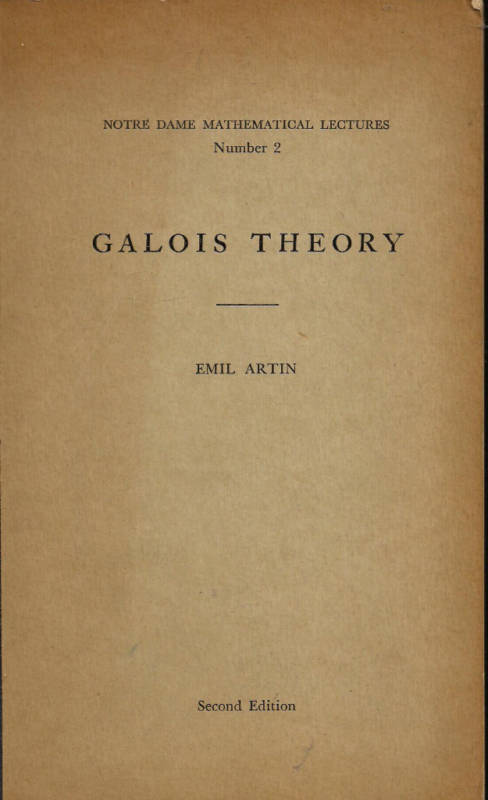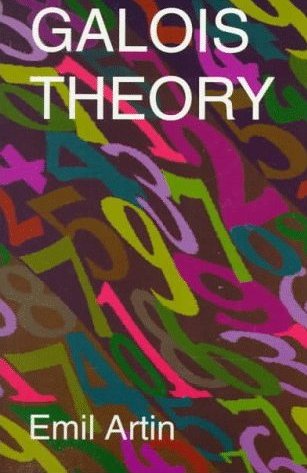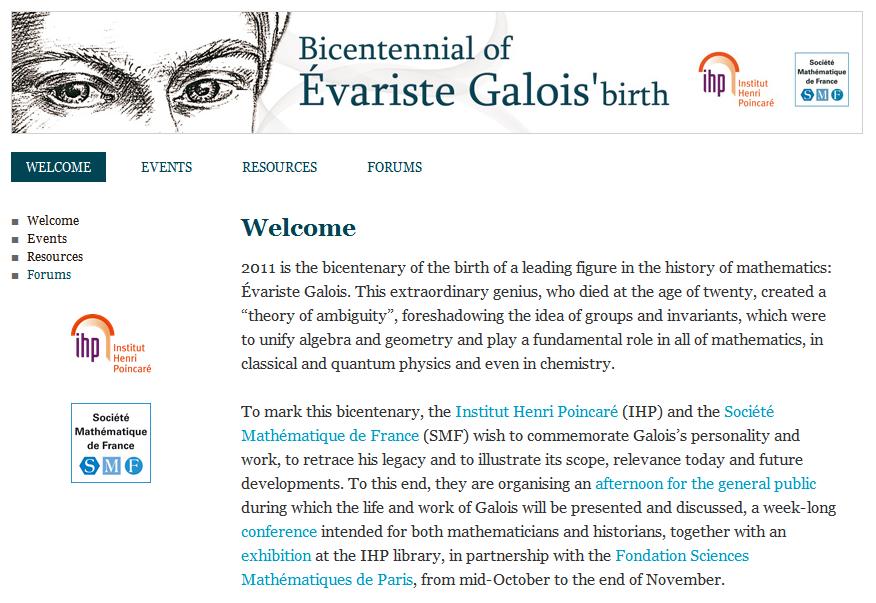 |
 |
 |
 |
Galois' ideas did eventually catch on during the 19th century. Not only does his ideas apply to algebraic solutions of equations, but also to geometric constructions. Galois theory can be used to show that the three classic construction problems from geometry cannot be performed:
Squaring the circle: Drawing a square the same area as a given circle.
Doubling the cube: Drawing a cube with twice the volume of a given cube.
Trisecting the angle: Dividing a given angle into three smaller angles all of the same size.
In modern terms, Galois' main result can be stated as: "The polynomial equation p(x) = 0 is solvable by radicals if and only if the Galois group of p is solvable." This requires constructing chains of normal subgroups of the Galois group associated with the equation. In a real sense, Galois is the one (along with Abel) who gave birth to the modern algebra we study as undergraduates and graduates-that is, the areas of groups, fields, and extension fields.
Galois Theory is still an active area of research. The American Mathematical Society Classification Number for Galois Theory is 11R32. Conferences are still held on Galois theory. An upcoming conference of interest will be held in a couple of weeks at the Henri Poincare Institute in Paris. It seems to be the only conference scheduled specifically with the Galois bicentennial in mind.

Evariste Galois is remembered 200 years later having had a huge impact on the advancement of both mathematics and physics (which has lately turned its attention to the study of symmetry and therefore of group theory). His contributions were complete before he was 21 years old-a humbling realization for must of us since we are at least that age; some of us 2 or 3 times over! So we wish him a happy birthday!


Go to the next section: References.
Last revised October 20, 2011.